ASIC Miner ICERIVER KAS KS0 Profitability In the realm of cryptocurrency mining, the Iceriver KAS KS0 miner has garnered widespread attention. Tailored specifically for the Kaspa network's KHeavyHash algorithm, it boasts high hashing power and low power consumption, making it an ideal choice for many miners. In this article, we will comprehensively assess IceRiver KS0 profitability while considering the Kaspa market conditions and the attributes of KS0 miner. Kaspa Market Dynamics Kaspa is a vibrant cryptocurrency network aimed at delivering high performance and scalability for everyday transactions. At the time of writing this article, the Kaspa coin trades at approximately $0.04959. But it's essential to note that cryptocurrency markets are highly susceptible to price volatility. Hence, investors must remain vigilant about market dynamics. Additionally, the Kaspa network's mining difficulty and reward mechanisms play a role in mining returns. Attributes of the IceRiver KS...
Where are the important chips on the Antminer T17e hash board?
Common chips on the Antminer T17e hash board include ASIC chip, temperature sensor chip, converter chip, MOS chip, EEPROM chip, voltage regulator chip, etc. So where are they all on the hash board, and what do they do? Through this article, let's find out together.
Easily damaged parts of Antminer T17e hash board introduction:
ASIC chip: BM1396AB chips
A single Antminer T17e hash board consists of a total of 78 BM1396AB ASIC chips using the SHA256 algorithm, which is mainly responsible for the hash rate calculation of the entire miner.
U1: Converter CT1F
SN74LVC1T45DBVR CT1F is a dual-power bus transceiver chip IC. The operating temperature range is -40°C to +80°C.
U3: Microcontroller PIC16F1704
The PIC16F1704 is an 8-bit microcontroller processor that combines intelligent analog integration with low cost and very low power consumption. The operating voltage is between 3.3 and 5 V and is often used for repairing hash boards.
Q1-Q4: MOS Chip TPHR9003NL
When the miner cannot recognize the hash board and the test fixture cannot recognize the hash, you can check whether the voltage of the chip is normal. Under normal circumstances, if the voltage is unstable, the lightning surge will cause damage to the MOS.
U6: Converter MPSK391517DR
MPSK391517DR 3A, 25V, 1.1MHz boost converter in a tiny 4mm* 4mm 16-pin QFN package with a temperature operating range of –40°C to +85°C.
U7: Power Management IC SY7208
The SY7208 is a high-efficiency, integrated MOSFET current mode and fixed frequency boost converter with over-temperature protection for hash board temperature. The chip temperature range is -40°C to 85°C.
U13: Regulator SQ7JK SGM2036-ADJ
The SGM2036-ADJ low power, low dropout, CMOS linear regulator delivers up to 300mA of output current, making it the perfect choice for low voltage, low power applications. In addition, the low dropout voltage it provides can extend battery life in portable electronics.
U5: EEPROM ATH91702DMCN8170QC
The AT24C002D provides 2,048 bits of serial electrically erasable and programmable read-only memory (EEPROM) that allows up to eight devices to share a common 2-wire bus.
U4: Shunt Regulator GCC AP431SAN1TR-G1
The AP431SAN1TR-G1 is a 3-terminal adjustable shunt regulator with guaranteed thermal stability over the entire operating range. In addition, it has a low minimum cathode current for regulation, and a typical value of 50µA makes this device ideal for very low power applications.
U124: Synchronous Voltage Regulator SY8120I
The SY8120I is a high-efficiency, synchronous step-down DC/DC converter that delivers a 2A load current. Enables fast transient response in high buck applications and high efficiency at light loads.
U125: temperature sensor chip NCT218
The NCT218 is a dual-channel digital thermometer and under/over temperature alarm designed for thermal management systems requiring low power and size. The device operates over a temperature range of -40°C to +125°C.
U131: voltage regulator chip MP2019 SOP8
MP2019 is a low dropout voltage regulator chip packaged in SOP8, suitable for T17e hash board maintenance.
Antminer T17e hash board chip summary:
The above is the description of all the chips on the T17e hash board. For more chip details, please visit the ZEUS MINING official website.
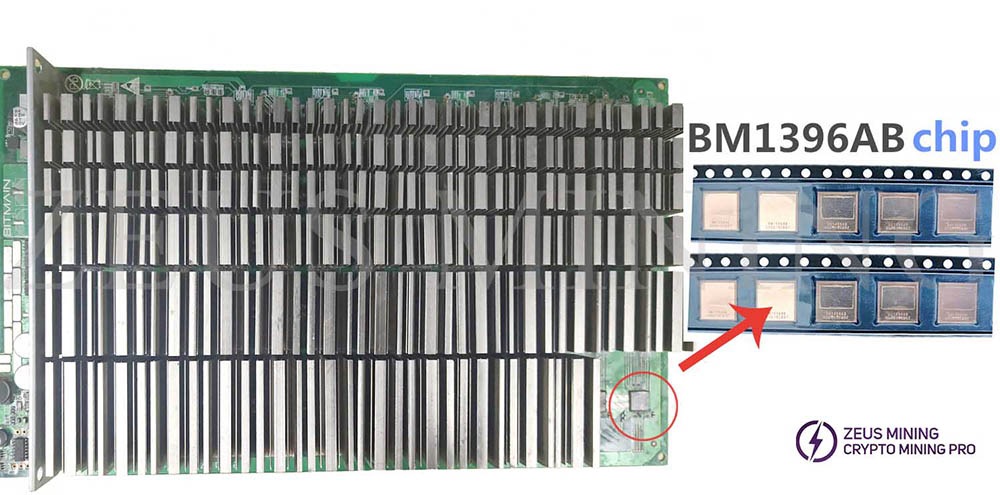
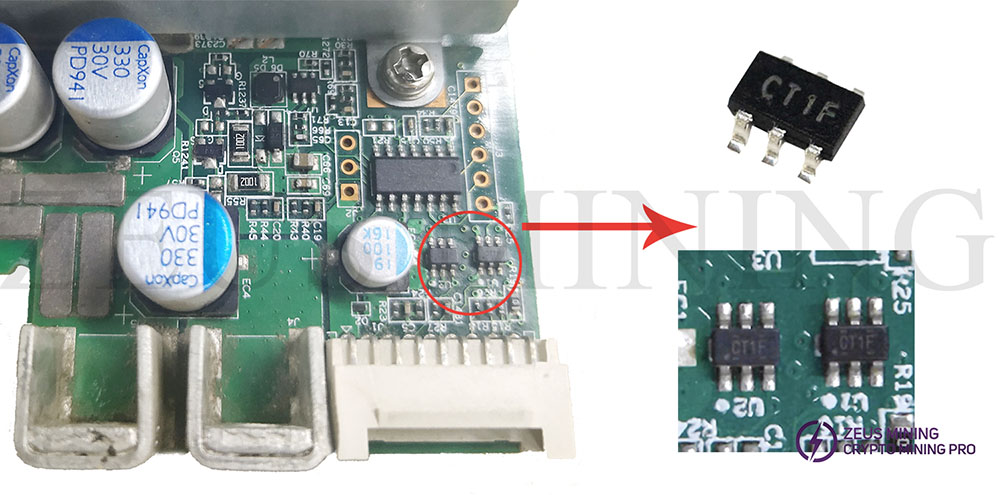

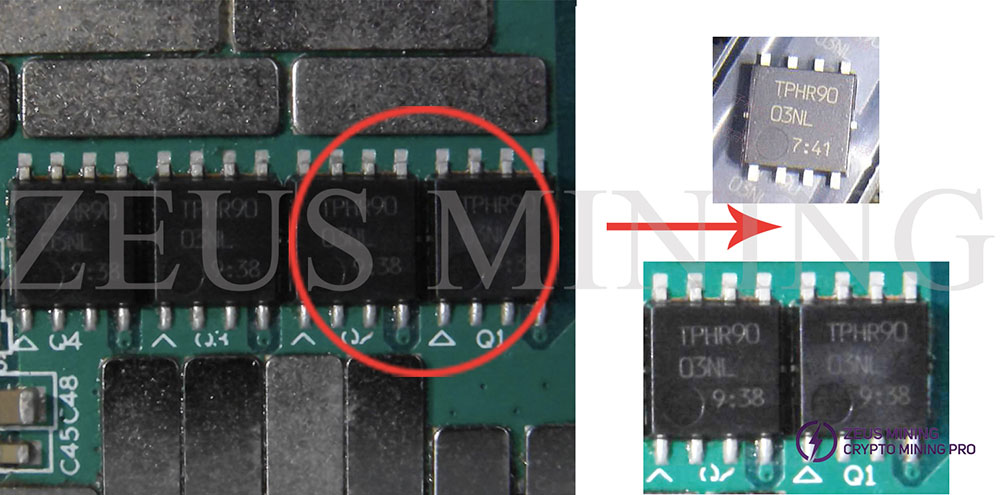
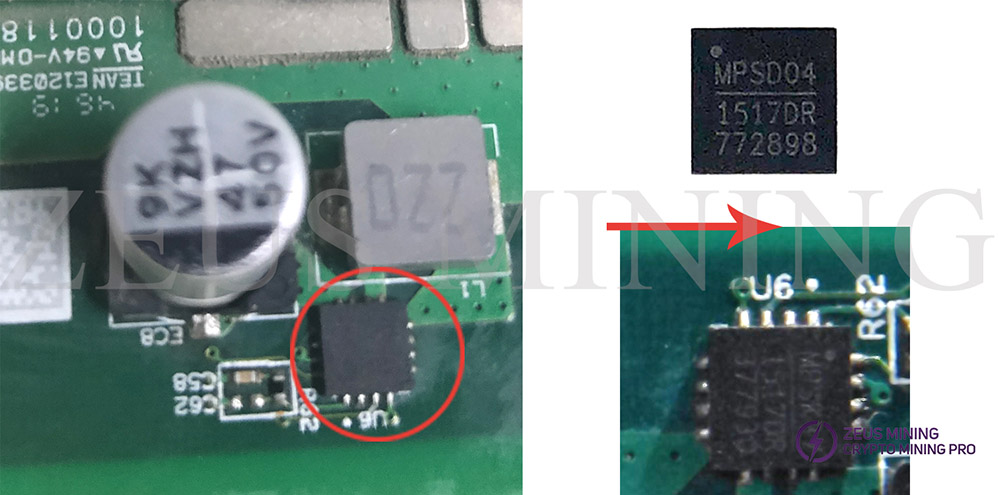



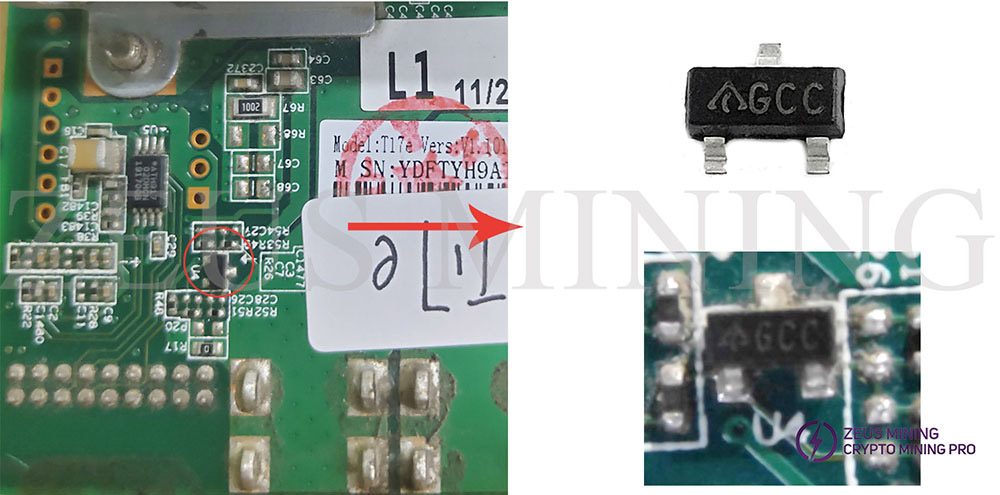

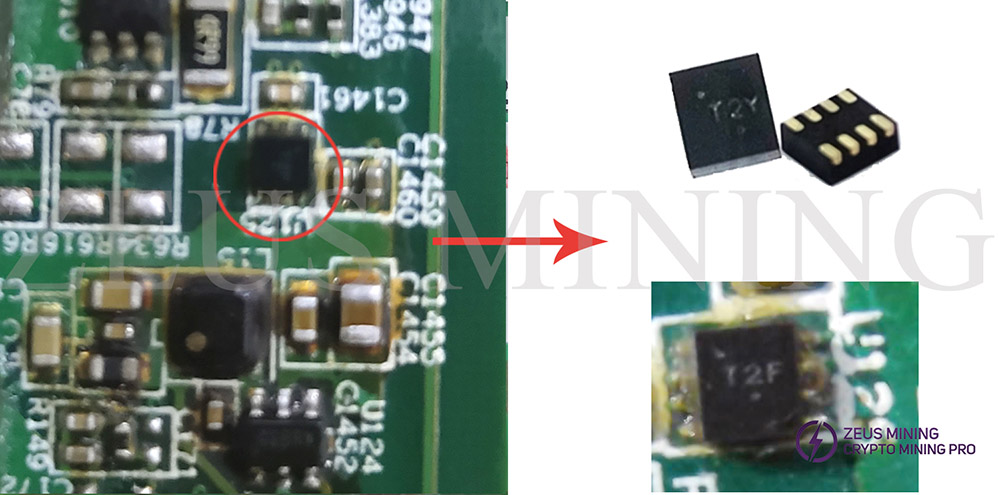
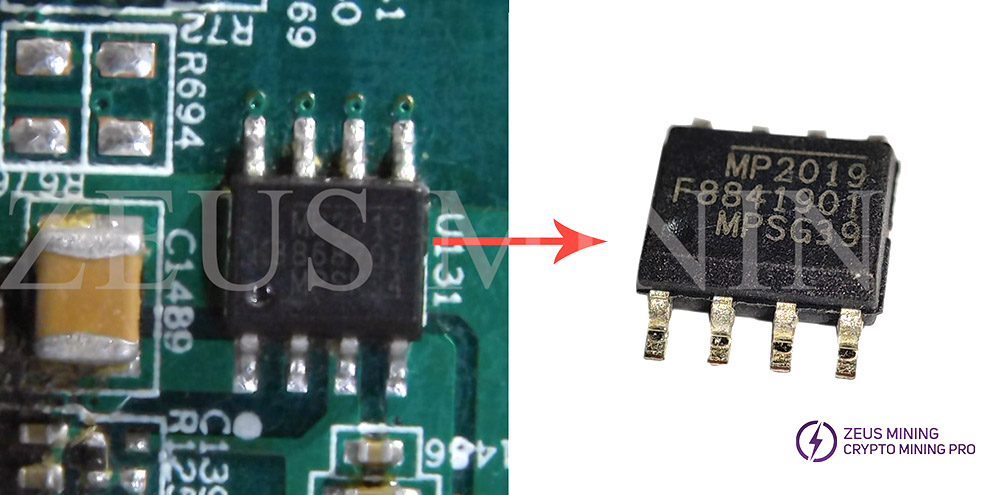

Comments
Post a Comment
Tell us your opinion